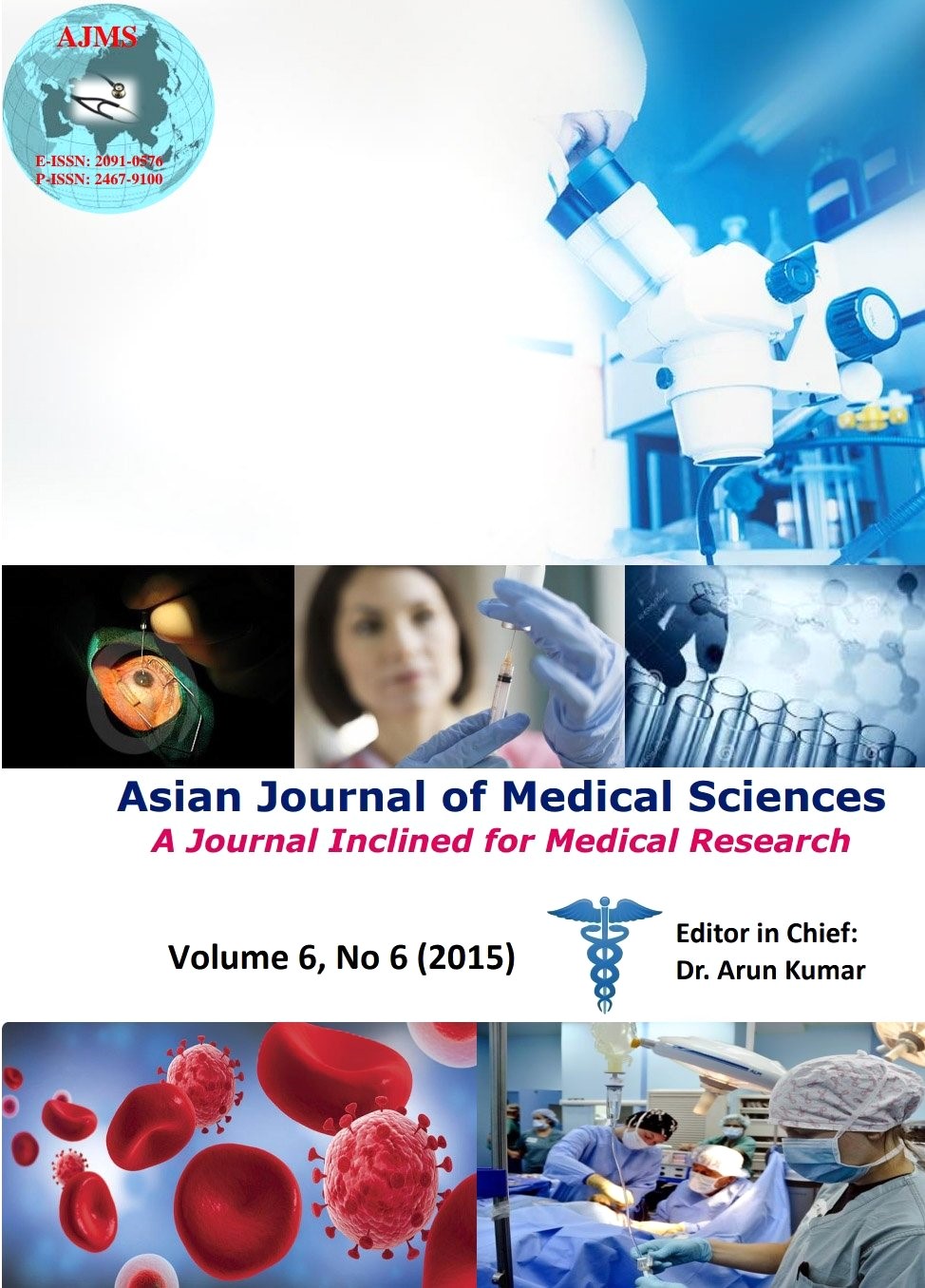A study of inducible clindamycin resistance in erythromycin resistant clinical isolates of Staphylococcus species
Keywords:
Staphylococcus, Erythromycin, Clindamycin, MRSA, D-testAbstract
Introduction: Erythromycin resistant Staphylococcus isolates with inducible resistance appear sensitive to clindamycin in in?vitro sensitivity testing. If clindamycin is used for treatment of such isolates, selection for constitutive mutants may lead to clinical failure. Current study was conducted to detect the presence of inducible clindamycin resistance in erythromycin resistant Staphylococcus isolates by disk diffusion method (D test). To correlate clindamycin resistance phenotypes with minimum inhibitory concentrations (MICs) of clindamycin, erythromycin, oxacillin and vancomycin among the isolates. To correlate various resistance phenotypes with methicillin resistance.
Material and Methods: 150 non duplicate isolates of Staphylococcus species were identified and antibiotic susceptibility testing was done using Kirby Bauer’s disc diffusion method. MICs were determined using E?test for oxacillin, vancomycin, clindamycin and erythromycin using E?test strips (Himedia)
Results: Among 150 staphylococcus clinical isolates, 96 were of S. aureus and 54 were coagulase negative Staphylococci (CONS). About 81.2% of the S.aureus isolates and 72.2% of the CONS were found to be methicillin resistant. Inducible clindamycin resistance was found in 39.3% of the isolates, constitutive resistance phenotype in 48% while 12.7% demonstrated MS phenotype. 18% and 11.3% of all the isolates had MICs for clindamycin between 0.01?0.06 μg/ml and 0.06?0.1 respectively. 12.5% had MIC ranging from 4?8 μg/ml while 58% had MIC > 8 μg/ml. Constitutive resistant phenotype (cMLS) was the predominant phenotype in methicillin resistant isolates. MS phenotype was the predominant among MSSA (methicillin sensitive S. aureus) while MSCNS (methicillin sensitive CONS) cMLS (46.7%) predominated. MIC of all erythromycin resistant isolates were ≥ 240 μg/ml. Nearly 16.7% of the cMLS and 57.9% of MS isolates were found to be oxacillin sensitive and 83% of iMLS and 83.3% of MS phenotype isolates were oxacillin resistant on MIC testing. 47.2% of cMLS and 73.6% of MS isolates had MIC ≤ 2 μg/ml for vancomycin and 52.7% of cMLS and 26.3% of MS isolates had MICs in intermediate range for vancomycin.
Conclusions: D?testing might help clinicians to decide whether to use clindamycin in Staphylococcal infections when erythromycin resistance is present. Determination of MICs help to identify exact sensitivity profile of isolates in cases where clinical failure occurs due to misleading disk diffusion tests.
DOI: http://dx.doi.org/10.3126/ajms.v6i6.11811
Asian Journal of Medical Sciences Vol.6(6) 2015 48-52
Downloads
Downloads
Additional Files
Published
How to Cite
Issue
Section
License
Authors who publish with this journal agree to the following terms:
- The journal holds copyright and publishes the work under a Creative Commons CC-BY-NC license that permits use, distribution and reprduction in any medium, provided the original work is properly cited and is not used for commercial purposes. The journal should be recognised as the original publisher of this work.
- Authors are able to enter into separate, additional contractual arrangements for the non-exclusive distribution of the journal's published version of the work (e.g., post it to an institutional repository or publish it in a book), with an acknowledgement of its initial publication in this journal.
- Authors are permitted and encouraged to post their work online (e.g., in institutional repositories or on their website) prior to and during the submission process, as it can lead to productive exchanges, as well as earlier and greater citation of published work (See The Effect of Open Access).




